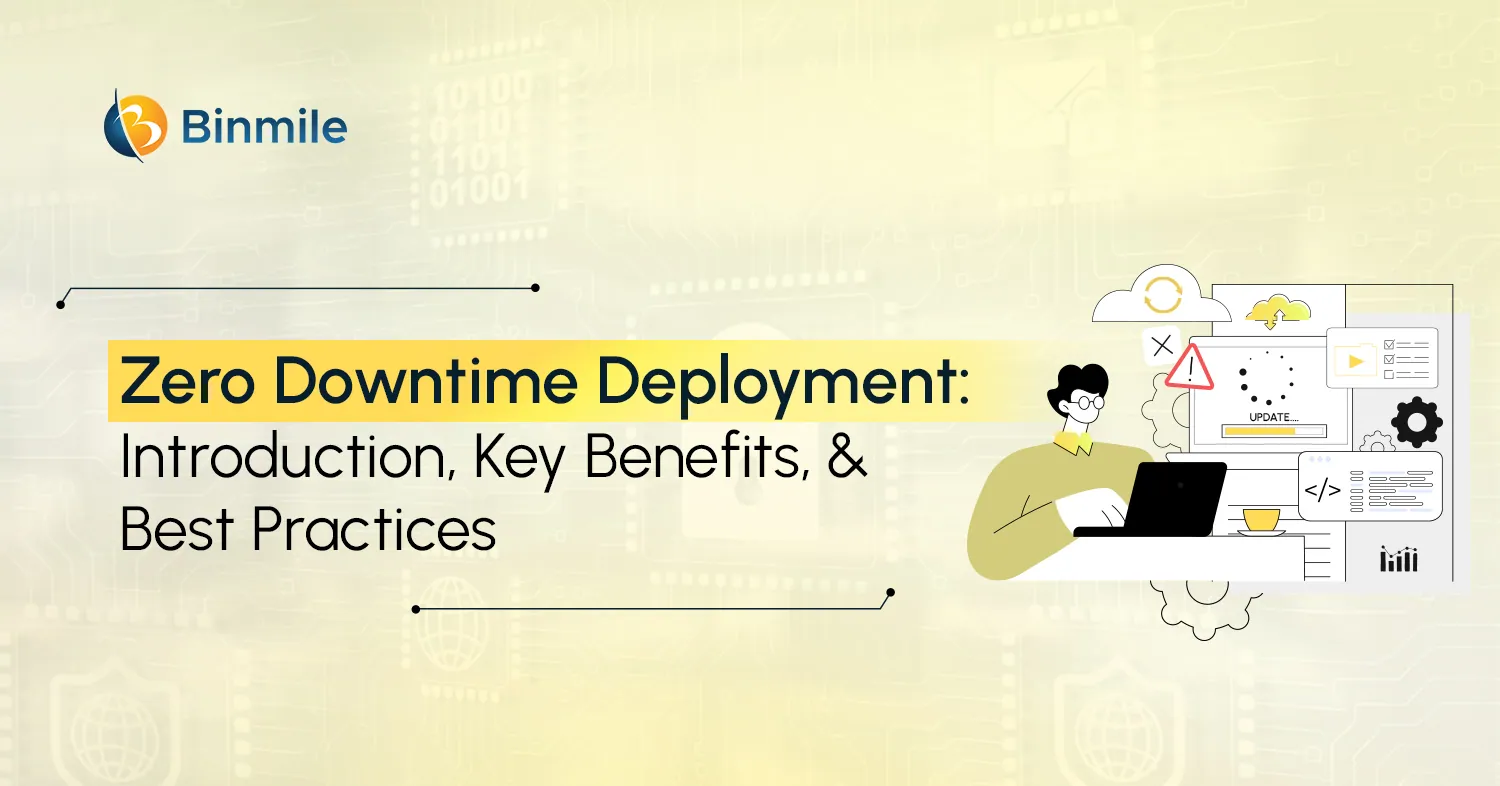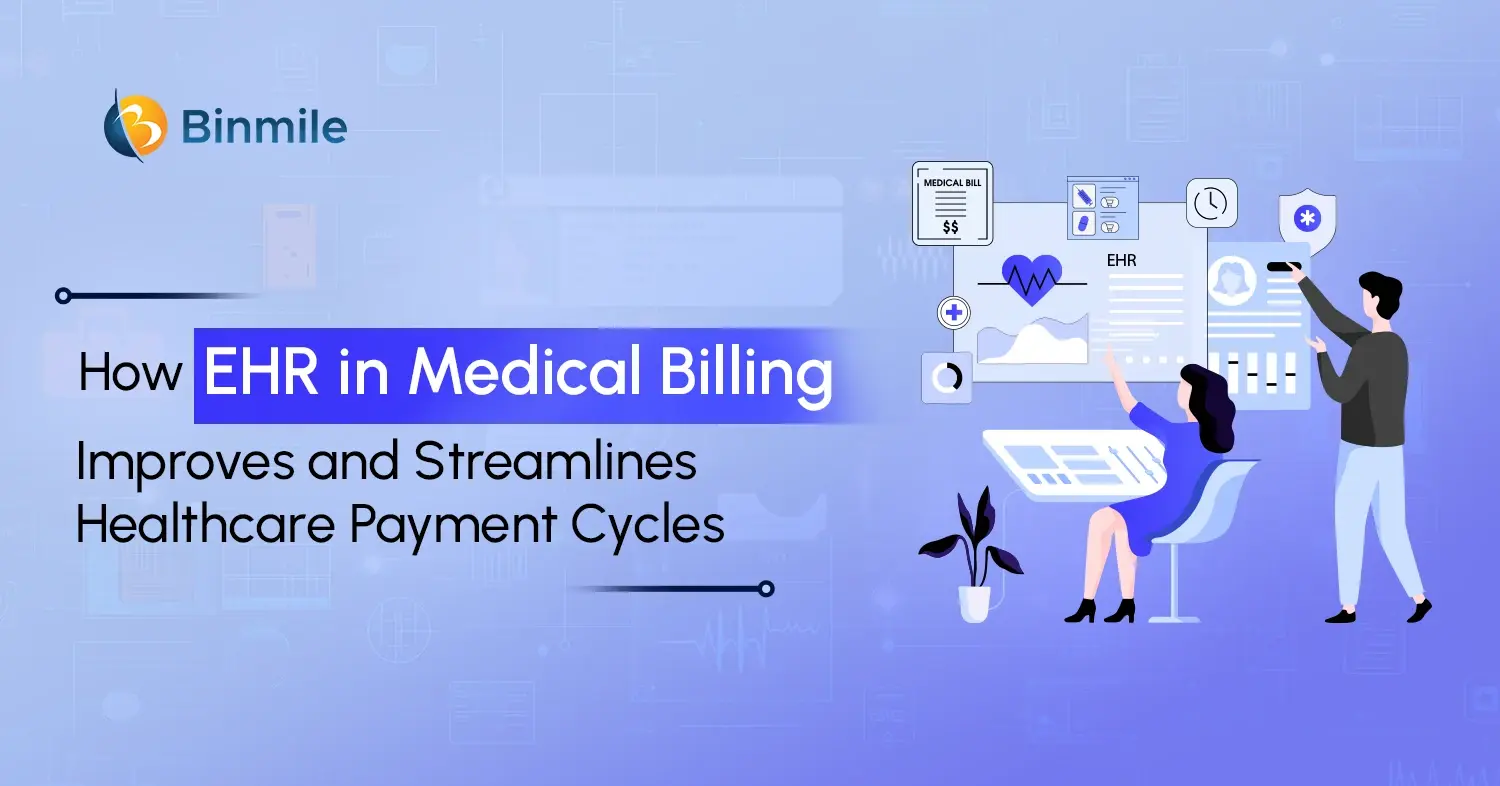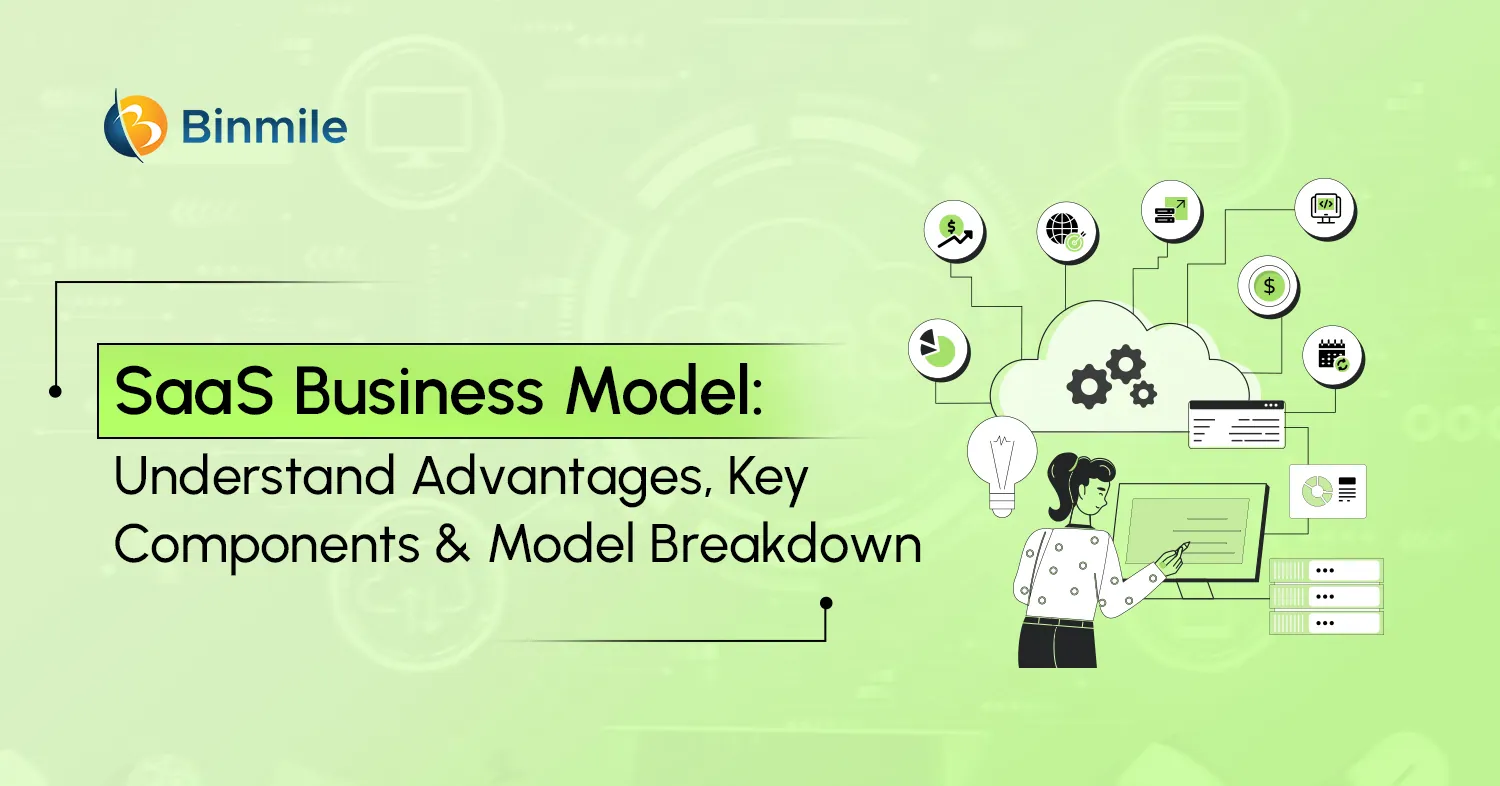Uninterrupted operation is key to maintaining productivity, revenue, and customer satisfaction. As modern applications operate in a dynamic environment, the need for speed, software reliability, and availability is what businesses require to offer seamless and continuous services. Interruption in services, whether planned or unplanned, can have significant consequences, from frustrated users to lost revenue and damaged brand credibility. Downtimes make companies hesitant about implementing changes or upgrades to their applications and services, including minor updates. However, businesses need to deploy or upgrade to avoid legacy products becoming redundant. So how can applications be updated while maintaining a seamless user experience? This constant availability expectation has made zero downtime deployment crucial for modern applications.
What is Zero Downtime Deployment? It refers to the deployment method of updating software or applications without causing any disruption during the process. It empowers organizations to either launch new versions of their applications and services or modernize legacy systems without disrupting live services. So, how can businesses implement changes to applications? In this blog, we will discuss how to achieve zero downtime deployment. We will be discussing the best zero downtime deployment strategies to deliver new features and fixes faster while maintaining a seamless user experience. In addition, we will explore its key benefits and real use cases to help you implement it effectively in your application ecosystem.
What is Zero Downtime Deployment: An Overview
As discussed earlier, Zero downtime deployments refer to the practice of updating software without causing any disruption to the application’s availability. Zero Downtime Deployments work by creating a temporary deployment environment where the new code is deployed. Once the deployment is complete and tested, traffic is gradually shifted from the old environment to the new one, ensuring there’s no downtime for your visitors.
Recently, two major OTT platforms, JioCinema and Disney+ Hotstar, merged their streaming platforms and created JioHotstar. The best part? The merger was executed without breaking the user experience—a rare feat in the tech industry. However, there were challenges that the streaming giants had to consider; these were:
- Merging vast user databases with minimal latency.
- Integrating two large-scale content delivery networks (CDNs) without affecting streaming performance.
- Ensuring smooth API compatibility between different backend architectures.
- Maintaining a flawless user experience by avoiding disruptions in account access, content discovery, and streaming quality.
- Deploying advanced cloud and security measures to handle millions of concurrent users.
How did they achieve this? The answer lies in advanced DevOps practices, cloud-native architecture, microservices adoption, and a well-orchestrated CI/CD pipeline. That is the reason millions of users (including the writer) were not aware of any downtime taking place while the two OTT platform giants deployed the new version of the application on our network until they updated their apps and saw the new logo. Users like the writer continued to access and use the application during the deployment process, resulting in an uninterrupted experience. Moreover, the deployment consists of three major components that make it possible for businesses to implement ZDT effectively:
- Rolling Updates: Gradually replacing instances of the application without taking the entire system offline.
- Blue-Green Deployments: Maintaining two production environments (blue and green) where one is active while the other is idle, allowing for seamless switching during updates.
- Canary Releases: Deploying new features to a small subset of users first, monitoring performance before a full rollout.
Benefits of Zero Downtime Deployments (ZDD) in Distributed Systems
Unplanned downtime now averages $14,056 per minute, rising to $23,750 for large enterprises. But this is only damages in monetary terms. The harm is more severe in terms of credibility when a website remains inaccessible to users, especially if a business depends on an online presence. However, imagine having the capability to update or eliminate bugs while users continue to receive uninterrupted service. It does more, so let us focus on them:
- Continuous Availability: ZDD makes sure your systems and software remain accessible to users even when you are making changes at the backend. This enhances user satisfaction and trust as you maintain consistent availability; your business can prevent the loss of customers who might otherwise switch to competitors due to downtime.
- Improved Customer Experience: When you offer a seamless and uninterrupted experience to your customers, it is natural that it prevents potential frustration and loss of business. As zero downtime deployment in software allows updates and new features to be introduced without causing service interruptions, it leads to a more positive and reliable user experience.
- Reduced Risk: It also minimizes the risk of revenue loss and reputational damage associated with downtime, ensuring business continuity and stability. With zero downtime deployment, you not only stay protected against potential financial losses but also keep the trust of stakeholders and customers with consistent and reliable services.
Ensure flawless application updates with zero downtime—reach out to our DevOps specialists for customized solutions and guidance.

Top Examples of Large-Scale OTT Mergers Using DevOps
There are more examples of such seamless migration or merger with zero downtime; notable are:
- Netflix’s Transition to AWS Cloud: Nearly a decade over, in 2008, the OTT platform had successfully migrated its entire infrastructure to AWS Cloud using microservices and CI/CD pipelines, ensuring zero downtime deployment.
- Disney+ Global Expansion: Leveraging AWS’s containerized microservices, the Walt Disney Company was able to rapidly and smoothly expand Disney+ to 59 countries across North America, Europe, Asia Pacific, and Latin America.
7 Tips to Ensure Zero Downtime Deployment: A Comprehensive Approach
Thus far, we have grasped the intricacies of zero downtime deployment and the benefits it provides to businesses. Now move on to explain how to achieve zero downtime deployment in quick 7 zero downtime deployment strategies:

1: Move to Microservices
To achieve zero downtime deployment, you need to first change how your application is built. Instead of having one large application (called a monolith), break it into smaller, independent pieces called microservices. Each microservice handles a specific function of your application; this setup lets you update one service without affecting the others. For example, you could update your payment service while your user authentication service keeps running normally. This approach also helps contain problems—if one service has issues, the others can still work properly.
2: Use a Safety Net for Updates
There are two reliable methods for updating your application without downtime. The first is called blue-green deployment, where you maintain two identical production environments. One environment (blue) runs the current version while you prepare and test updates in the other environment (green). Once you’re confident the new version works well, you switch users over to it. The second method is called canary releases, where you introduce the new version to a small group of users first. If everything works well, you gradually increase the number of users until everyone is using the new version. Both methods help ensure your updates are stable before everyone uses them.
3: Balance Your Traffic Smartly
Load balancers are essential tools that help manage user traffic during updates as they distribute users across different servers to prevent any single server from becoming overloaded. These tools constantly check server health and automatically direct users away from any servers that aren’t working properly. You can use popular tools like NGINX, AWS Elastic Load Balancer, or Kubernetes zero downtime deployment features to handle this traffic management and to ensure users can always access your application, even during updates.
4: Automate Deployment Pipeline
To make updates reliable and consistent, you should automate the process. Set up what’s called a CI/CD pipeline (Continuous Integration and Continuous Deployment) using tools like Jenkins, GitLab CI/CD, or CircleCI. Utilizing this pipeline automatically builds your application, runs tests, and handles the deployment. You can include different types of automated tests to make sure your automation includes a way to quickly reverse updates if problems occur.
5: Handle Database Changes with Care
Updating databases requires special attention because they store all your important data. Tools like Liquibase or Flyway can help manage these database changes automatically. Since every database change needs to work with both old and new versions of your application, start by adding new database structures (like tables or columns) first and then update your application to use these new structures. Lastly, eliminate obsolete structures to ensure your application remains functional during database updates.
6: Real-Time Performance Monitoring
Evaluating how your application performs in real time is crucial. Use monitoring tools like Prometheus or New Relic to track important metrics such as how fast your application responds, how many resources it’s using, and how many errors occur, among others. You should also set up alerts that notify you when an app or a system is not performing as expected—like when the application becomes slow or starts showing more errors than usual. The assessment should also include how well your new version handles large amounts of traffic before releasing it. Doing so helps you maintain a smooth experience for users during and after updates.
7: Have a Backup Plan
Even with careful planning, sometimes updates don’t go as expected. Have a solid plan, like a backup of your previous application version and database, to make sure you can quickly switch back to a stable version if needed. Use “feature flags”—special switches in your code that let you turn new features on or off without needing to update the entire application. Make the process of reverting changes automatic so you can quickly restore service if problems occur. This safety net helps ensure users experience minimal disruption if something goes wrong.
Also Read: How to Implement Zero Trust Security
How Legacy Systems Were Transformed with Zero Downtime to Boost Efficiency
Recently, we assisted TAI Services, which aimed to enhance its digital presence and establish a new website entirely. An industrial test and inspection company, TAI Services offers chiller testing, flux leakage, and oil analysis services for Eddy Current Inspections. The company faced a significant challenge with its outdated system, relying on the obsolete Pascal programming language, which lacked support and functionality in the modern tech landscape. Additionally, they struggled with scattered data across various applications, leading to data duplicity and inefficiencies in their internal processes, particularly impacting customer onboarding.
To address this, Binmile helped Tai Services by
- Designing and developing a new system using ReactJS.
- Consolidating multiple desktop app functionalities into a single web application, streamlining processes.
- Zero downtime migration to ensure uninterrupted access to operations during the transition.
Results:
- Improved backend performance, security, and user experience.
- Transition smoothly without disruptions
- Achieve enhanced speed, agility, and security
- Continuously update systems with no downtime
Looking for tailored solutions? Our software consultants can help you achieve smooth, flawless, and uninterrupted deployments and development.

Closing Statement
There is no doubt modern applications will continue to evolve; businesses have to keep up with these changes. Therefore, perfecting zero downtime deployment can be a critical factor in delivering consistent and high-performing digital experiences. After all, embracing zero downtime deployment is not just about uptime; it is also about building a foundation for continuous innovation and exceptional user experiences that foster customer loyalty. Thereby, the significance of zero downtime deployment cannot be understated, but that also requires strategic planning and an in-depth understanding of zero downtime deployment and its best practices.
Hopefully, this blog has given you an understanding of ZDD and how it works. We also shared some of the best strategies to help you ensure your application is available for your users and meets your organization’s uptime goals. Start your journey toward zero downtime today, and future-proof your applications for the challenges of tomorrow with us!









